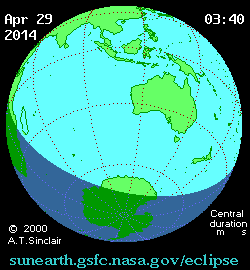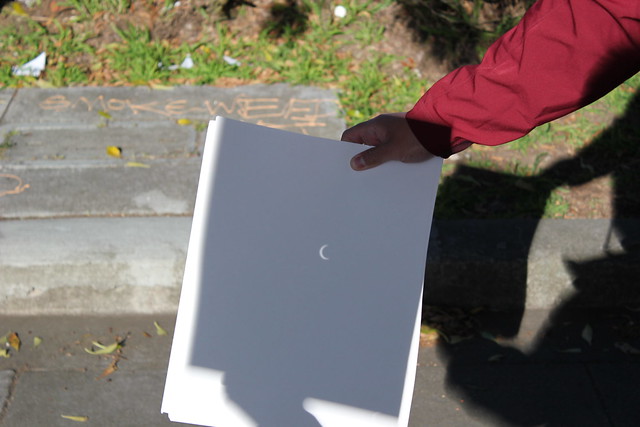Bodhidharma (AD 520)
who went to China to spread Buddhism, is said to be from Kanchipuram.
He stayed at the Shaolin Monastery and preached Buddhist ideologies. At
that time he supposedly trained the local people in the art of
Varmakkalai.

History of Bodhidharma
Bodhidharma was a Buddhist monk who lived during
the 5th/6th century and is traditionally credited as the leading
patriarch and transmitter of Zen (Chinese: Chán, Sanskrit: Dhyana) to
China. According to Chinese legend, he also began the physical training
of the Shaolin monks that led to the creation of Shaolinquan. However,
martial arts historians have shown this legend stems from a 17th century
qigong manual known as the Yijin Jing.
Little contemporary biographical information on Bodhidharma is
extant, and subsequent accounts became layered with legend, but many
accounts state that he was from a Brahmin family in southern India and
possibly of royal lineage. Scholars have concluded his place of birth to
be Kanchipuram in Tamil Nadu.

After
becoming a Buddhist monk, Bodhidharma traveled to China. The accounts
differ on the date of his arrival, with one early account claiming that
he arrived during the Liú Sòng Dynasty (420-479) and later accounts
dating his arrival to the Liáng Dynasty (502-557). Bodhidharma was
primarily active in the lands of the Northern Wèi Dynasty (386-534).
Modern scholarship dates him to about the early 5th century.
Throughout Buddhist art, Bodhidharma is depicted as a rather
ill-tempered, profusely bearded and wide-eyed barbarian. He is described
as "The Blue-Eyed Barbarian" in Chinese texts.
The Anthology of the Patriarchal Hall (952) identifies Bodhidharma as
the 28th Patriarch of Buddhism in an uninterrupted line that extends all
the way back to the Buddha himself. D.T. Suzuki contends that Chán's
growth in popularity during the 7th and 8th centuries attracted
criticism that it had "no authorized records of its direct transmission
from the founder of Buddhism" and that Chán historians made Bodhidharma
the 28th patriarch of Buddhism in response to such attacks
Research Notes

The
earliest historical record of Bodhidharma was compiled in 547 by Yang
Xuanzhi, the Record of the Buddhist Monasteries of Luoyang, in which
Yang identifies Bodhidharma as a Persian Central Asian (Wade-Giles:
po-szu kuo hu-jen) (Broughton, 1999, p. 54, p.138).
However, Broughton notes that Yáng may have actually been
referring to another monk named Boddhidharma, not related to the
historical founder of Chan Buddhism. This book is considered to be
unreliable, full of exaggeration and mirabilia. John Jorgensen
(Inventing Hui-neng, the Sixth Patriarch) believes that Yang just
confused Pahalva with Pallava. Pahalva means Persian. Bodhidharma's
disciple Tanlin identifies his master as South Indian Brahmin(Broughton,
1999, p. 8).
The Biography is part of the Long Scroll of the Treatise on the
Two Entrances and Four Practices, which Daisetz Teitaro Suzuki found in
1935 by going through the Dunhuang collection of the Chinese National
Library. Bodhidharma's birth name Bodhitara. Throughout Buddhist art,
Bodhidharma is depicted as a rather ill-tempered, profusely bearded and
wide-eyed barbarian.
He is described as
"The Blue-Eyed Barbarian" in Chinese texts.
His landing place was later called Xi Lai Chu Di ('first landfall
on journeying from the west'), and is the site of Hualin temple. About
his Kanchipuram origin - Bodhidharma, the founder of the Chan (Zen)
school of Buddhism in China, is a prince of the Pallava dynasty, a
contemporary of Skandavarman IV and Nandivarman I and the son of
Simhavarman II. Other accounts say that he was black in color (this
comes from the paintings on shaolin cave walls of a black Dravidian
teacher).
And why did he go to China in the first place? In 526, the 28th
Buddhist patriarch Ta Mo (Bodhidharma) came to China by sea; the
downfall of Buddhism in the country of its origin had forced him and
many of his coreligionists to seek a new home in China, 'cliicllyin
Layong', where 5000 Indians are said to have lived in the 6th century
A.D. (India as known to the ancient world - Dr. G Banerjee). Sadly
Bodhidharma was killed by poisoning, though the reports are not
conclusive. According to Dàoxuan's chronology, Bodhidharma's death must
have occurred prior to 534, the date of the Northern Wei Dynasty's fall,
because Huike subsequently leaves Luoyang for Ye








 After
becoming a Buddhist monk, Bodhidharma traveled to China. The accounts
differ on the date of his arrival, with one early account claiming that
he arrived during the Liú Sòng Dynasty (420-479) and later accounts
dating his arrival to the Liáng Dynasty (502-557). Bodhidharma was
primarily active in the lands of the Northern Wèi Dynasty (386-534).
Modern scholarship dates him to about the early 5th century.
After
becoming a Buddhist monk, Bodhidharma traveled to China. The accounts
differ on the date of his arrival, with one early account claiming that
he arrived during the Liú Sòng Dynasty (420-479) and later accounts
dating his arrival to the Liáng Dynasty (502-557). Bodhidharma was
primarily active in the lands of the Northern Wèi Dynasty (386-534).
Modern scholarship dates him to about the early 5th century.  The
earliest historical record of Bodhidharma was compiled in 547 by Yang
Xuanzhi, the Record of the Buddhist Monasteries of Luoyang, in which
Yang identifies Bodhidharma as a Persian Central Asian (Wade-Giles:
po-szu kuo hu-jen) (Broughton, 1999, p. 54, p.138).
The
earliest historical record of Bodhidharma was compiled in 547 by Yang
Xuanzhi, the Record of the Buddhist Monasteries of Luoyang, in which
Yang identifies Bodhidharma as a Persian Central Asian (Wade-Giles:
po-szu kuo hu-jen) (Broughton, 1999, p. 54, p.138).